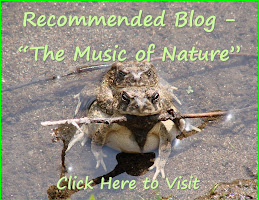
One of my favorite lunch-time walks is along old Humboldt Road between Bruce Road and it’s meeting with Highway 32. The scenery and the wildlife change with the season; the brown grass of early winter full of newly arrived sparrows and the blossoming shrubs of spring alive with warblers and buntings. The lengthening days and the warming soil of May also bring out the earth-bound wildlife; small mammals, amphibians and reptiles, obliging one to look down as well as up every once in awhile.
So it was as I neared the end of my hour walk. I’d been preoccupied looking for rufous-crowned sparrows – unsuccessfully, when I was surprised by a striking black and white line on the ground in front of me. Snapping out of my daze I focused on a petite, glossy young California King Snake just two feet away. I grabbed my camera as he made for the taller grass but decided it would be better to take his picture ‘in the hand’ rather than risk losing him in the weeds. He was a gentle and cooperative captive as I snapped a few pictures and then released him farther from the road.
The California King Snake Lampropeltis getula californiae is one of our more conspicuous non-venomous snakes, found in most of the state except the northwest coast and high mountains. While adults can grow to 48 inches hatchlings are only about 12 inches long, meaning that the individual I found today is newly hatched. Cal. Kings are constrictors: they kill their prey by squeezing and suffocating it, and their greatest claim-to-fame is that of ‘rattlesnake hunter’ as they are immune to rattlesnake venom and will gladly consume them along with other snakes, lizards, frogs, birds and rodents.
Snakes are extremely vulnerable to development, humans, roads and cars as well as natural predators like red-tailed hawks. Hopefully the handsome young prince I held this morning will grow to become a King someday.



No comments:
Post a Comment